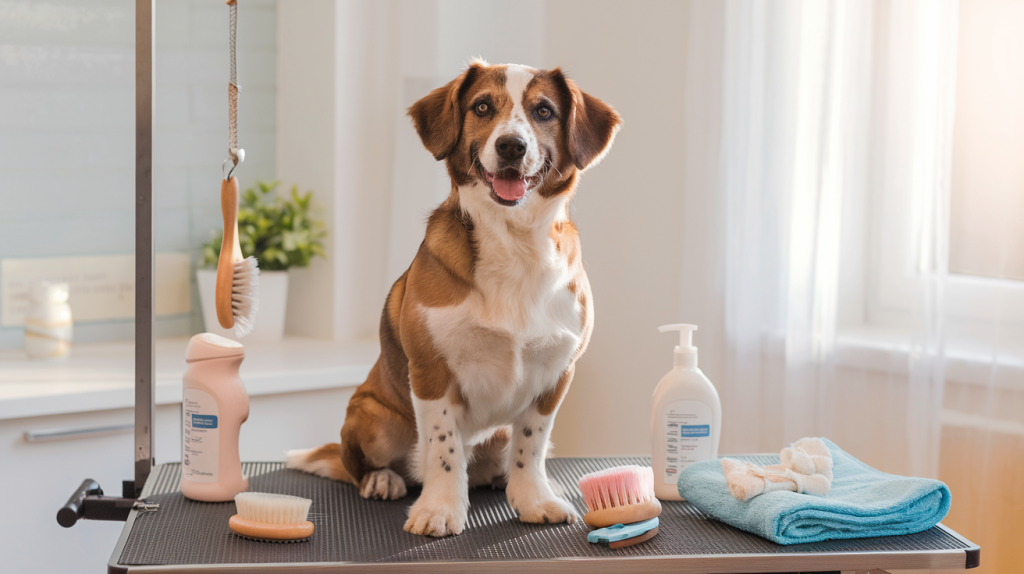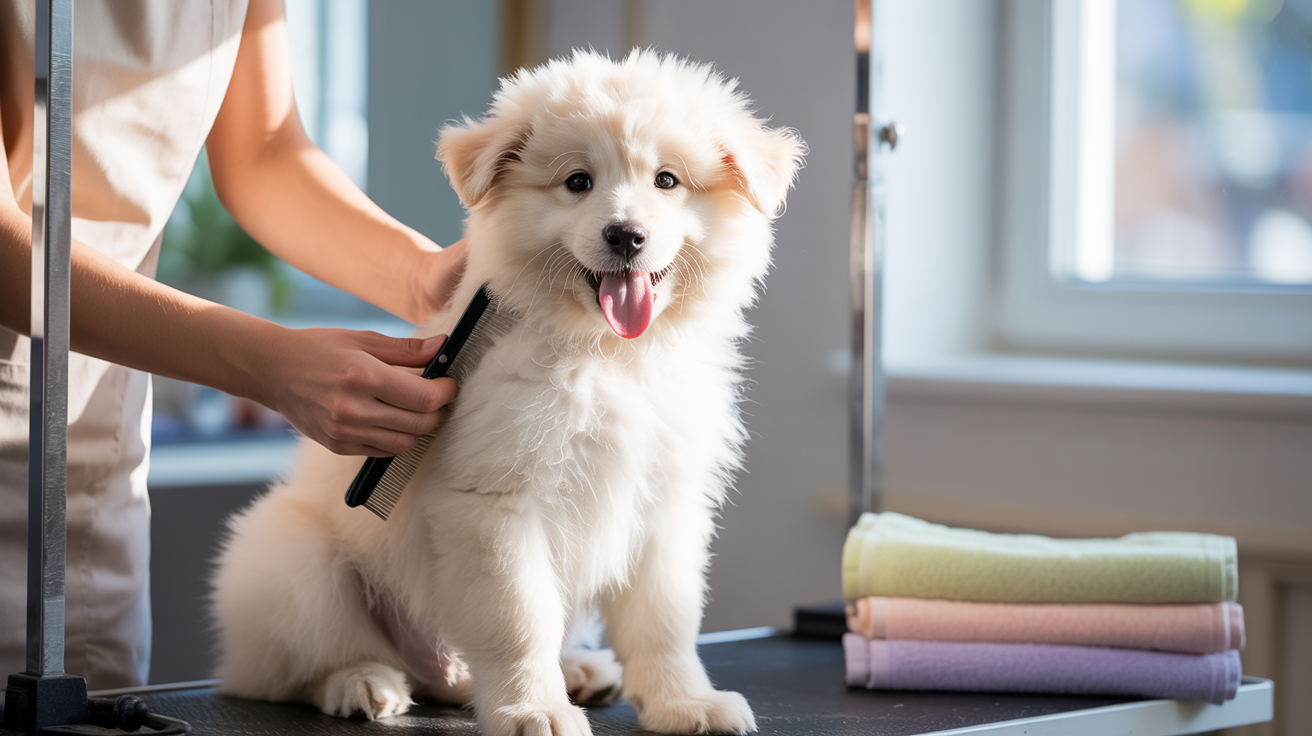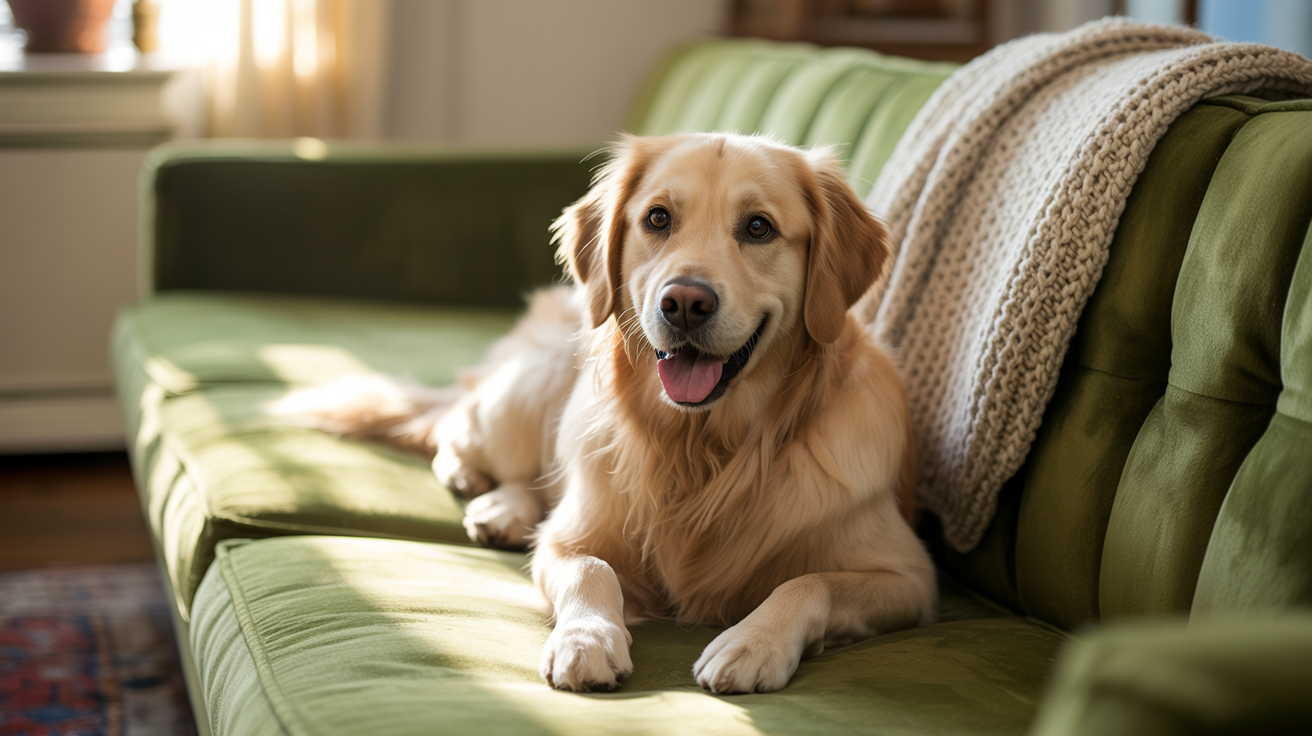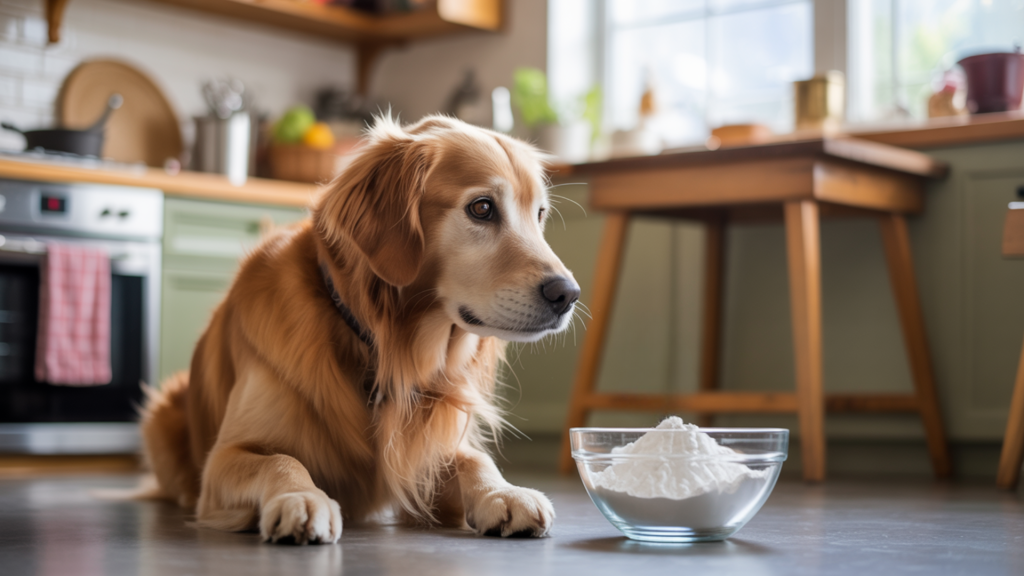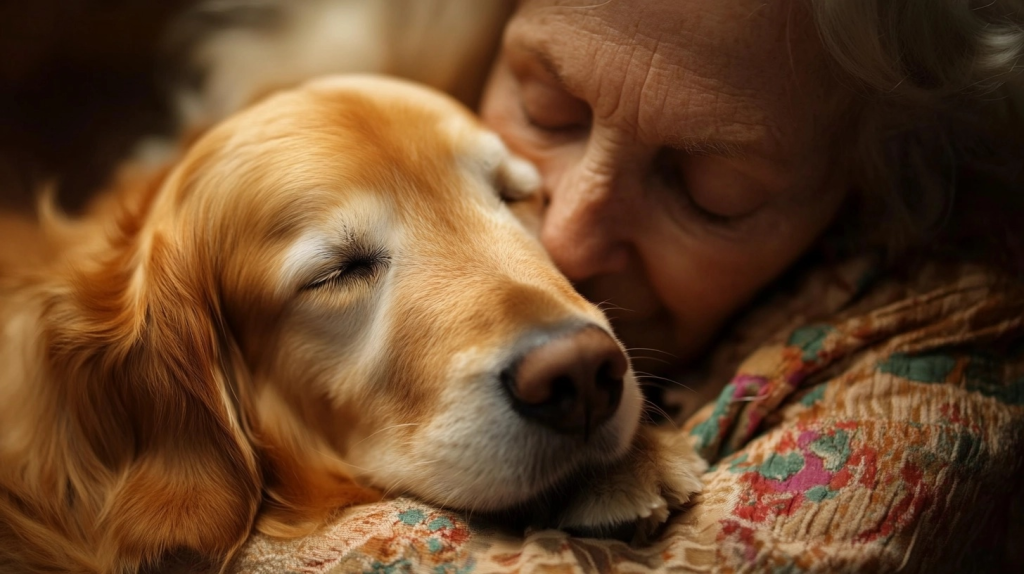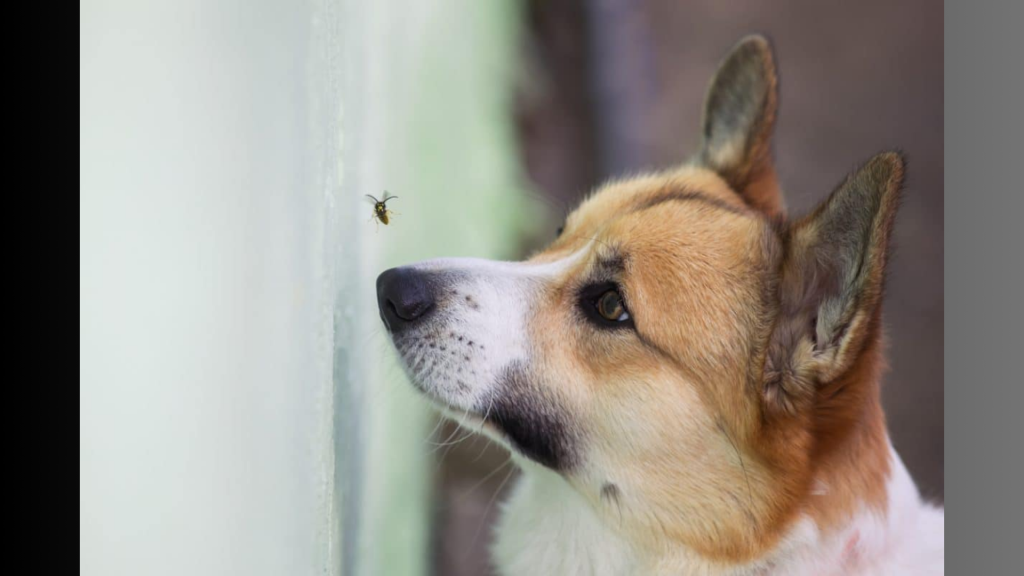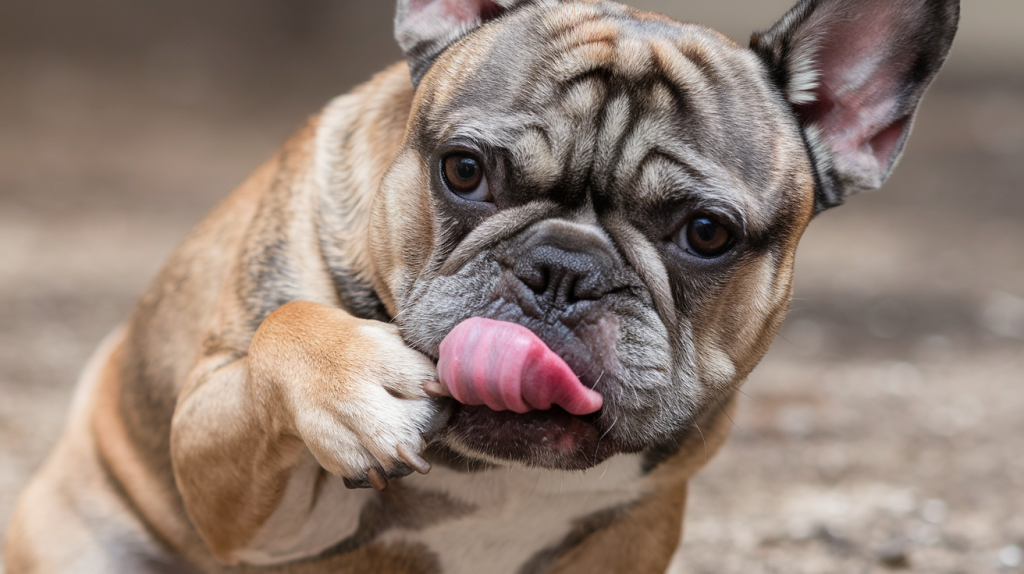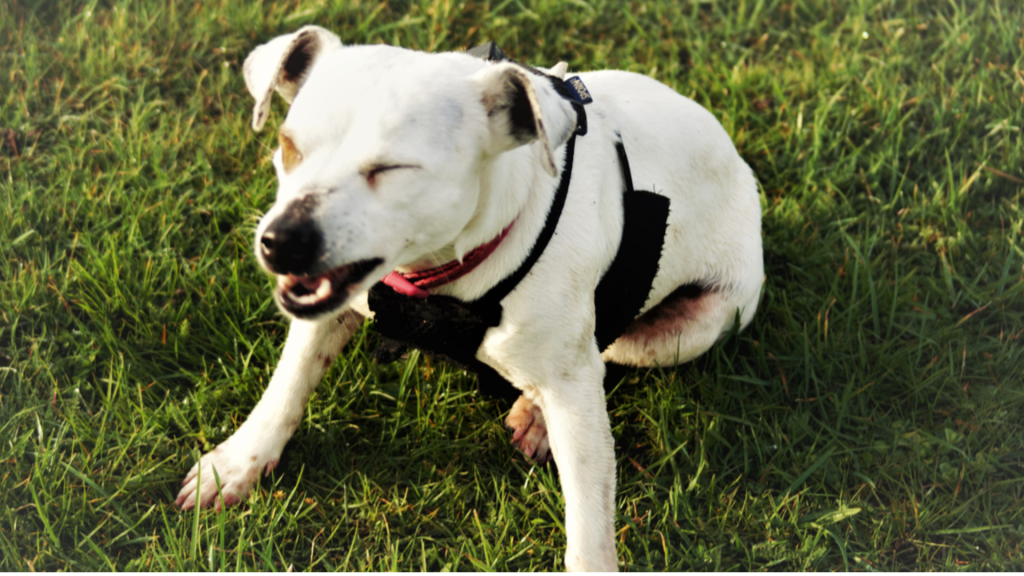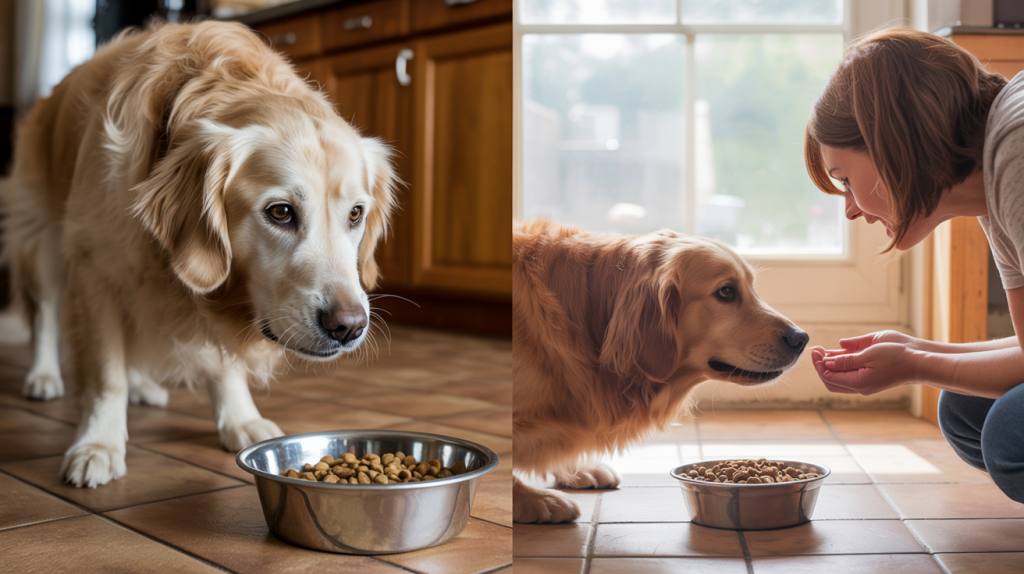Most dog owners brush their pets once a week and call it good. But here’s the problem: that schedule might be completely wrong for their furry friend.
Coat type, skin condition, and even the season affect how often grooming should happen. Some dogs need daily attention during shedding periods, but others can go weeks between sessions.
Over-grooming can actually harm a dog’s skin and coat. The key is finding the right balance for how often to groom dog, as every dog has different requirements.
Why Grooming Matters?
Grooming is essential not just for appearance but for your pet’s overall health.
It helps maintain a clean, tangle-free coat, prevents matting, and reduces the risk of skin infections and parasites like fleas or ticks.
Regular brushing promotes better blood circulation and distributes natural oils, keeping the skin and coat shiny and healthy.
Grooming also gives you a chance to check for abnormalities, like lumps, bumps, or cuts, early on.
Plus, it supports dental health, nail maintenance, and ear hygiene, all of which are vital for your pet’s comfort and well-being.
How Often Should You Groom Your Dog?
Most dogs should be groomed professionally every 4 to 8 weeks, but this can vary widely based on their specific characteristics. Major Factors That Affect Grooming Frequency are:
It Depends on Your Dog’s Coat Type
Different dogs need grooming at different times based on their fur type. Dogs with long, thick coats need more grooming than dogs with short, smooth coats.
The breed of your dog tells you a lot about how often they need to be groomed.
Short-Haired Dogs Need Less Grooming
Dogs with short hair like Beagles, Boxers, and Bulldogs need grooming every 6-12 weeks. Their short coats don’t get tangled easily and stay cleaner longer.
You should still brush them once a week to remove loose hair and keep their skin healthy.
Long-Haired Dogs Need More Attention
Long-haired dogs like Golden Retrievers, Afghan Hounds, and Shih Tzus need professional grooming every 4-6 weeks. Their long fur gets tangled and dirty faster.
You should brush these dogs every day at home to prevent mats and knots from forming.
Double-Coated Dogs Have Special Needs
Dogs with double coats like German Shepherds, Huskies, and Border Collies shed a lot during certain seasons.
They need grooming every 6-8 weeks, but during shedding season they might need it more often. Regular brushing at home helps control the extra fur.
Curly and Wiry Coats Need Regular Care
Poodles, Bichon Frises, and Terriers have curly or wiry coats that grow continuously.
These dogs need professional grooming every 4-6 weeks to keep their coats from getting too long and matted. Their hair keeps growing like human hair.
Regular Brushing Helps Between Grooming
All dogs benefit from regular brushing at home between professional grooming visits. Short-haired dogs need brushing once a week.
Long-haired dogs need daily brushing. This helps remove loose hair, prevents mats, and keeps their skin healthy.
Benefits of Regular Grooming
Regular grooming offers numerous health and comfort benefits for dogs. Understanding how often to groom dog helps maintain their well-being and keeps them looking their best
1. Promotes Healthy Skin and Coat: Regular brushing removes dirt and loose hair, spreads natural oils, and keeps your dog’s coat shiny and healthy. It also helps prevent dandruff and skin irritation.
2. Early Detection of Health Issues: Grooming lets you spot lumps, bumps, wounds, or parasites early, so problems can be treated sooner and more effectively.
3. Prevents Parasites and Infections: Cleaning and checking your dog during grooming helps prevent fleas, ticks, and infections. Regular ear cleaning reduces the risk of ear mites and yeast infections.
4. Reduces Shedding: Brushing controls shedding, keeps your home cleaner, and helps reduce the amount of pet hair on furniture and clothing.
5. Maintains Comfort and Hygiene: A clean, trimmed coat prevents mats, tangles, and debris buildup, keeping your dog comfortable and smelling fresh.
6. Supports Nail, Ear, and Dental Health: Trimming nails and cleaning ears and teeth help avoid pain, infections, and bad breath. Healthy nails also support better posture and movement.
7. Strengthens Your Bond: Grooming builds trust, creates positive moments between you and your dog, and helps your pet feel loved and secure.
Grooming Recommendations Based on Its Coat Type
In order to understand how often to groom dog it is important to know that each dog breed has unique grooming needs based on its coat type and characteristics.
Understanding these needs ensures that your dog stays comfortable, healthy, and happy, while also helping maintain their coat’s appearance and health.
| Coat Type | Brushing Frequency | Professional Grooming | Notes |
|---|---|---|---|
| Short-Haired | 1–2x per week | Every 4–6 weeks (optional) | Monthly bath; focus on skin health |
| Medium-Haired | 2–3x per week/every other day | Every 4–8 weeks | Prevent mats; more frequent if active |
| Long-Haired | Daily | Every 3–6 weeks | Puppy cuts reduce brushing needs |
| Double-Coated | Weekly/daily in shedding | Every 4–8 weeks | Daily brushing during shedding |
| Non-Shedding | 3–4x per week | Every 4–6 weeks | Professional trims essential |
Professional Grooming and At-Home Grooming
Professional Grooming
Professional grooming means you take your dog to a groomer who has the skills and tools to take care of everything from baths to nail trims.
They make sure your dog looks great, and it’s especially helpful for dogs with special coats. However, it can be expensive, and some pets may feel nervous in the salon.
At-Home Grooming
At-home grooming is cheaper and allows you to bond with your dog in the comfort of your home. You can choose when to groom, making it more flexible.
But, you’ll need to buy grooming tools, learn how to use them, and be patient, especially if you’re new to grooming. The results may not be as perfect as a groomer’s, and it might take time to do it right.
The Best Option
Many pet owners find that the best way is a mix of both as doing regular brushing and baths at home, but taking their dog to the groomer every so often for a professional touch. This helps keep your dog clean, healthy, and happy.
To Conclude
Understanding how often to groom dog depends entirely on their specific coat type and individual needs.
This knowledge matters because the wrong schedule can lead to skin problems, painful mats, or unnecessary stress for both dog and owner. Over-grooming can damage their coat, but under-grooming creates health issues.
Take a close look at your dog’s breed and coat type today. Then create a grooming schedule that fits their actual needs, not what works for other dogs.

